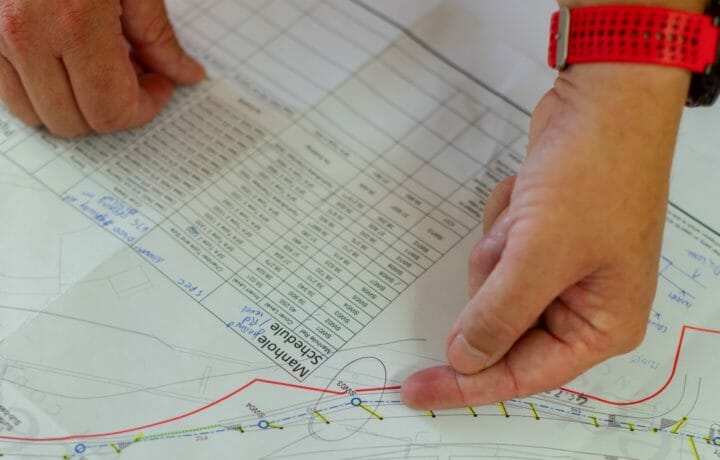Here’s a wrap-up of the remarks of Rob Carey, Department of Defense Chief Information Officer at FOSE 2012:
At the Department of Defense, everything is connected to, driven by, and informed by networks. Therefore, protection of this infrastructure is crucial. The challenge for the DoD Chief Information Officer (CIO) is, of course, managing networks with such tremendous magnitude. Wherever they may be in the world, servicemembers expect consistency in IT. DoD CIO needs to safely and securely supply to this demand. Given DoD’s tremendous geographic coverage reach, service to the many devices on these networks is neither guaranteed, nor secure. DoD is benchmarking big corporations like Google that also have enormous data management requirements. Even benchmarking is tough because there are just a handful of organizations that have experience dealing at this scope.
DoD is in the process of moving to an enterprise approach for managing DoD’s IT environment. DoD’s IT budget (as a percentage of the DoD budget) has stayed at a relatively constant 5-7% over the past few years. The flat budget is the primary catalyst for taking this enterprise approach. The full IT Enterprise Strategy and Roadmap is on the DoD CIO website, but in short, it’s about enabling and adopting a common architecture, identity management (CAC), and attribute-based access control system, enterprise services approach, and DoD governance framework.
DoD has reduced its data centers by 90%. This is about leveraging standardization to increase the speeds at which they can defend their networks. This does NOT mean that the number of physical instances on the network has been reduced. Rather, it means that the ways in which the data centers operate have been streamlined and standardized. This consolidation does not increase vulnerability; rather, it increases security. For all intents and purposes, DoD data centers are a private cloud. The new configuration enables much more efficient protection and much faster defense.
The DoD CIO is also trying to plan better for needs. In a budget constrained environment it’s viatal to buy what’s needed, and not to just buy because it’s that time in the acquisition cycle. Along the same lines, DoD is leveraging the buying power of DoD. This is becoming less of a request, and more of a requirement for the components. Accordingly, structures are being put in place to help make decisions more holistically and with greater agility.
Cybersecurity isn’t a hindrance. Rather, it’s a force-multiplier. The Joint Information Enterprise (JIE), is the desired end state. This means connecting the edge with the core, traversing cloud systems to enable access at the point of need, and making identity-based service delivery. The JIE also means moving towards a data-centric security structure rather than a physical-based security structure and having a more service-based environment. While DoD CIO is pushing for an application-centric approach to be available and used at will, the security of mobile devices is what’s holding this up.
In short, DoD CIO is trying to reduce costs, enhance mission success, and enable faster delivery to warfighters.
Maxine is a business and digital strategy consultant. She helps public and private sector clients embrace social media and other collaborative technologies and principles to improve organizational efficiency and effectiveness. She helped to launch the U.S. Department of Defense’s Emerging Media Directorate, co-authored DoD’s Web 2.0/social media policy, and founded Government 2.0 Camp.




